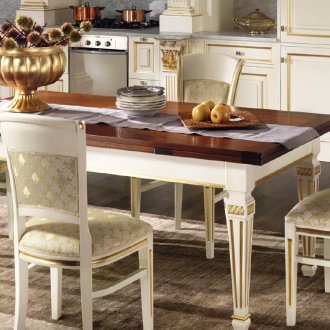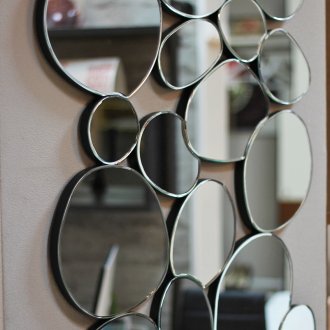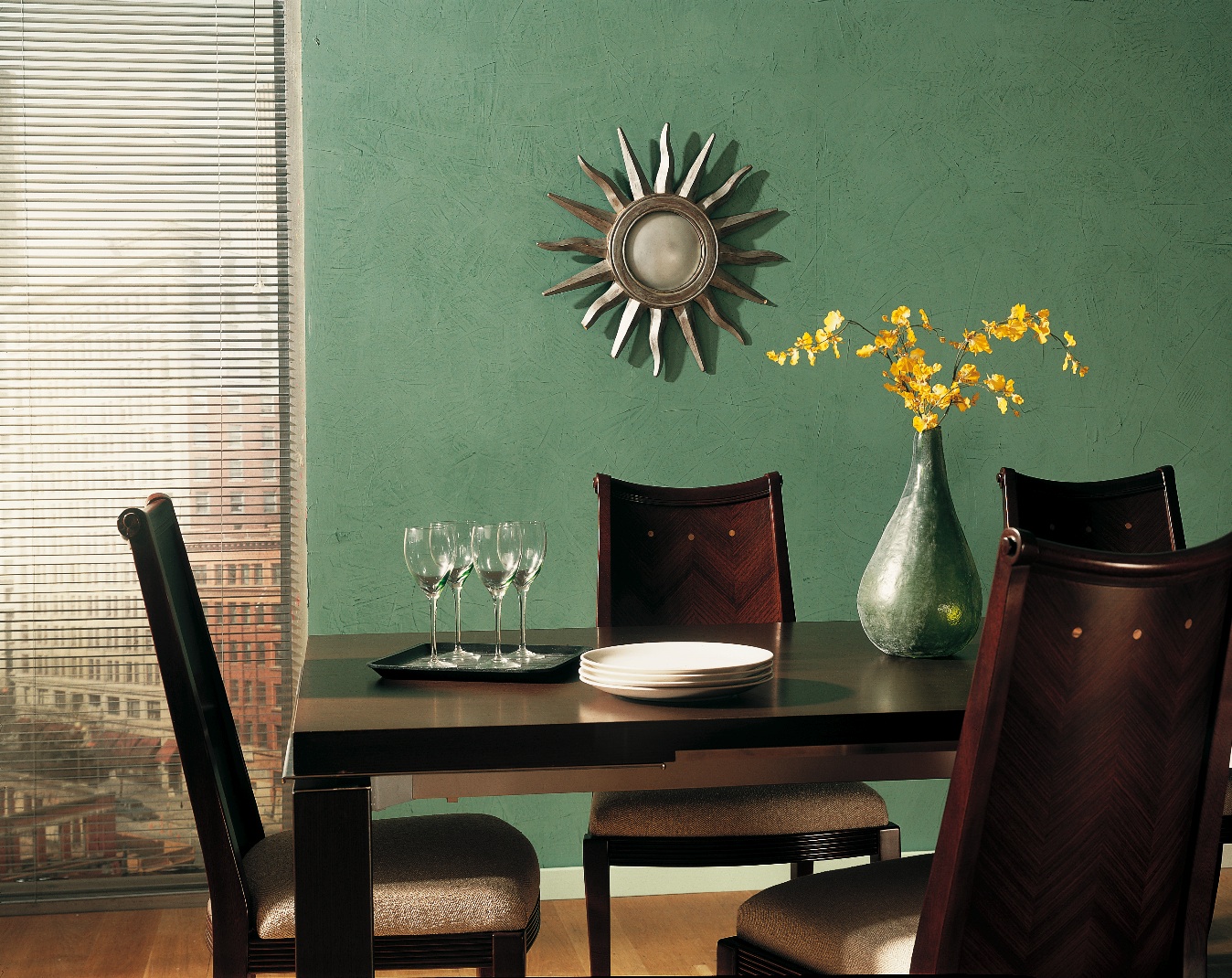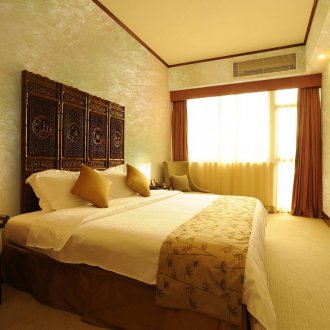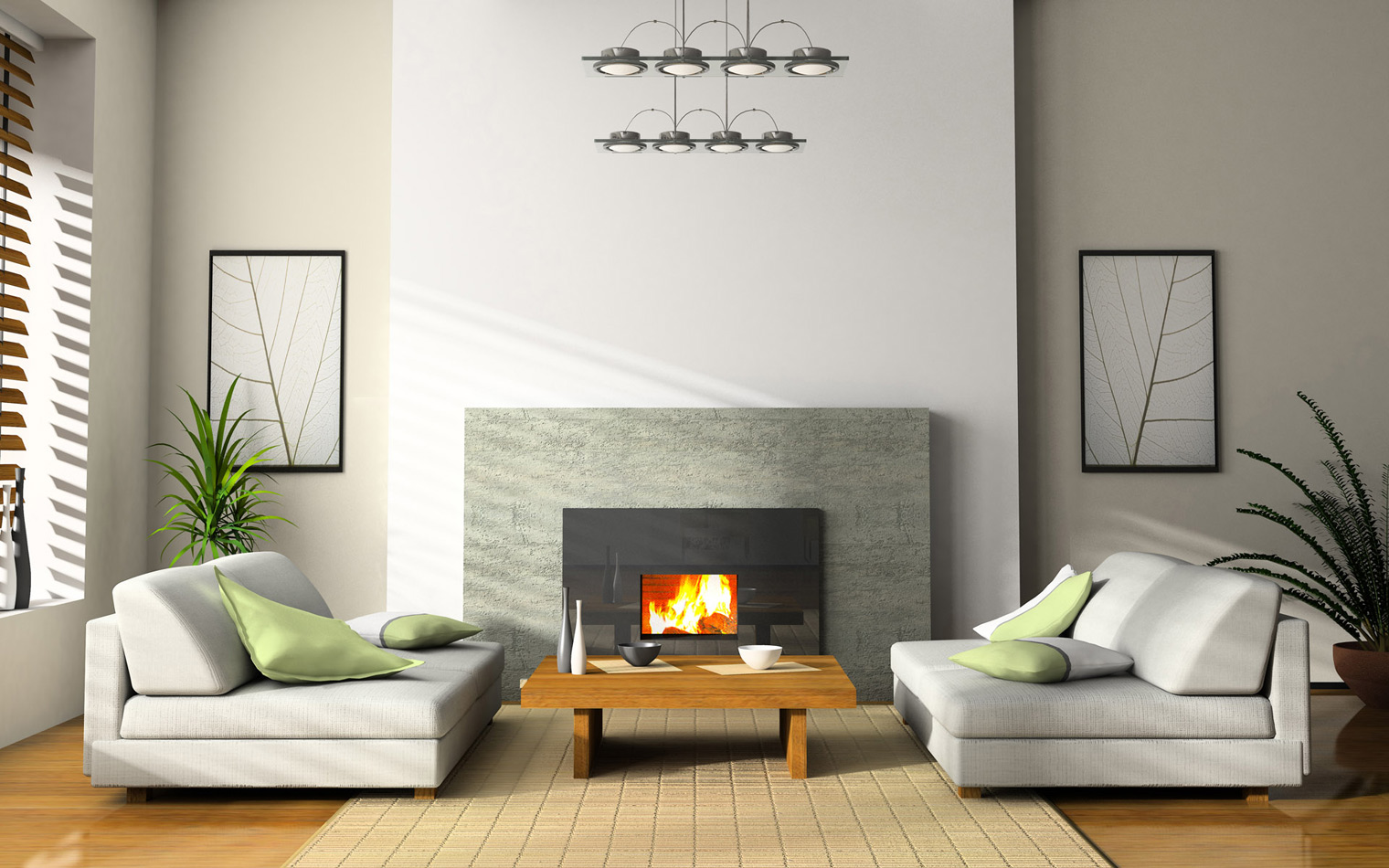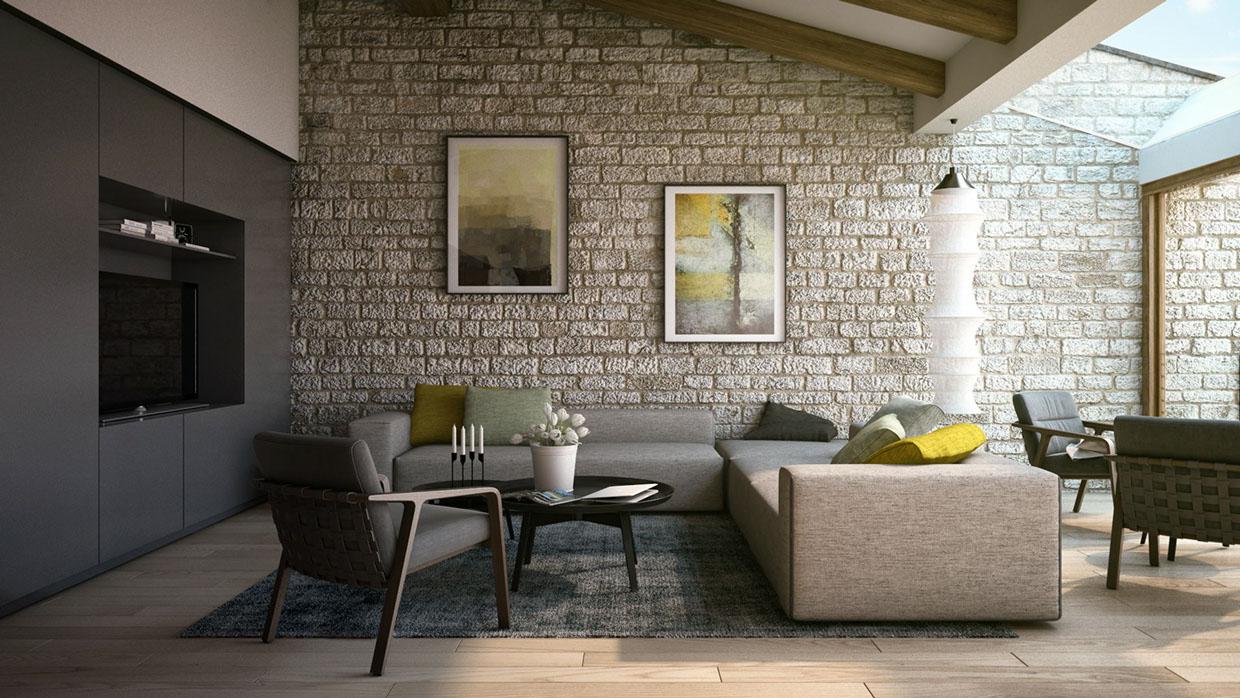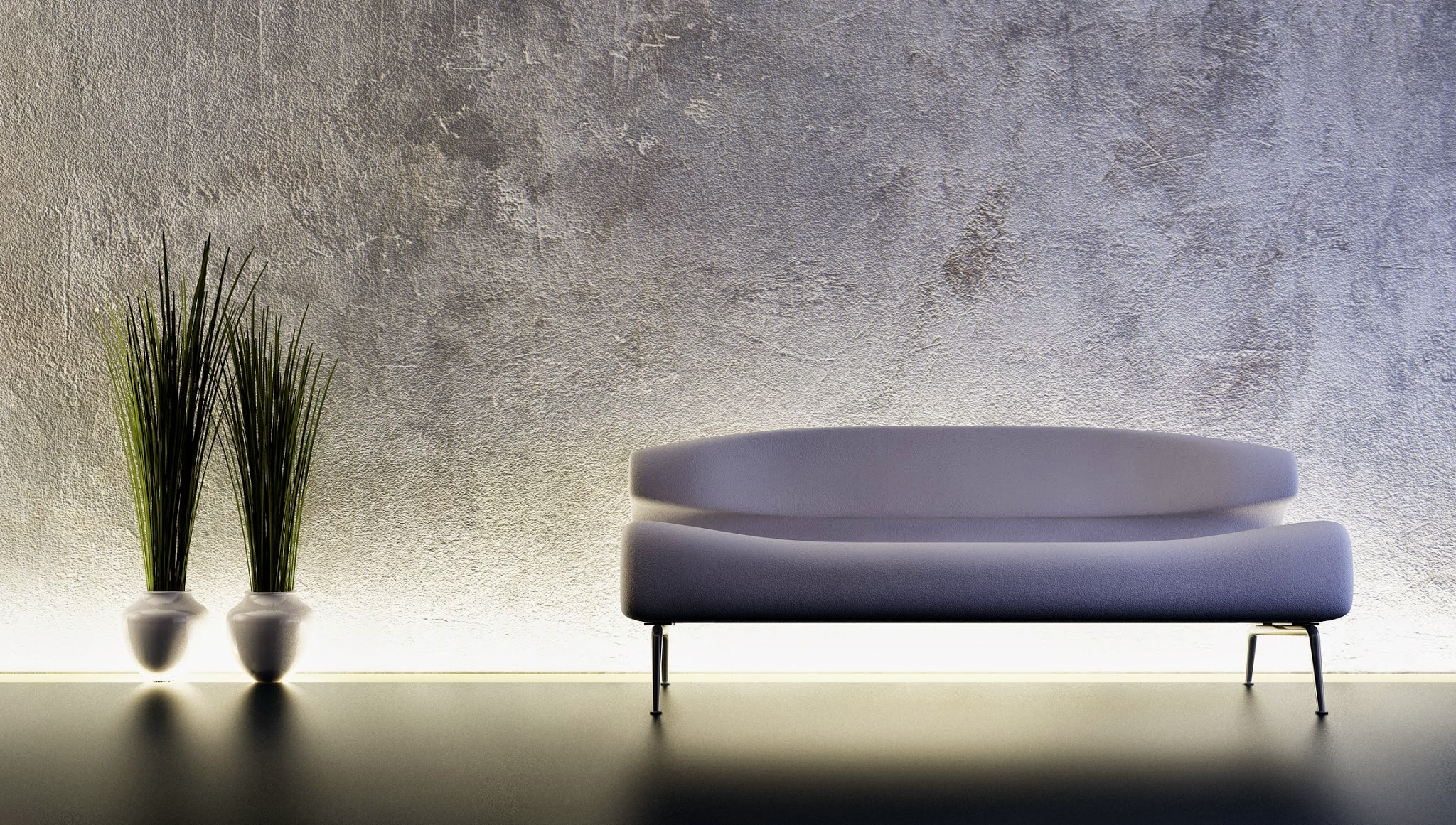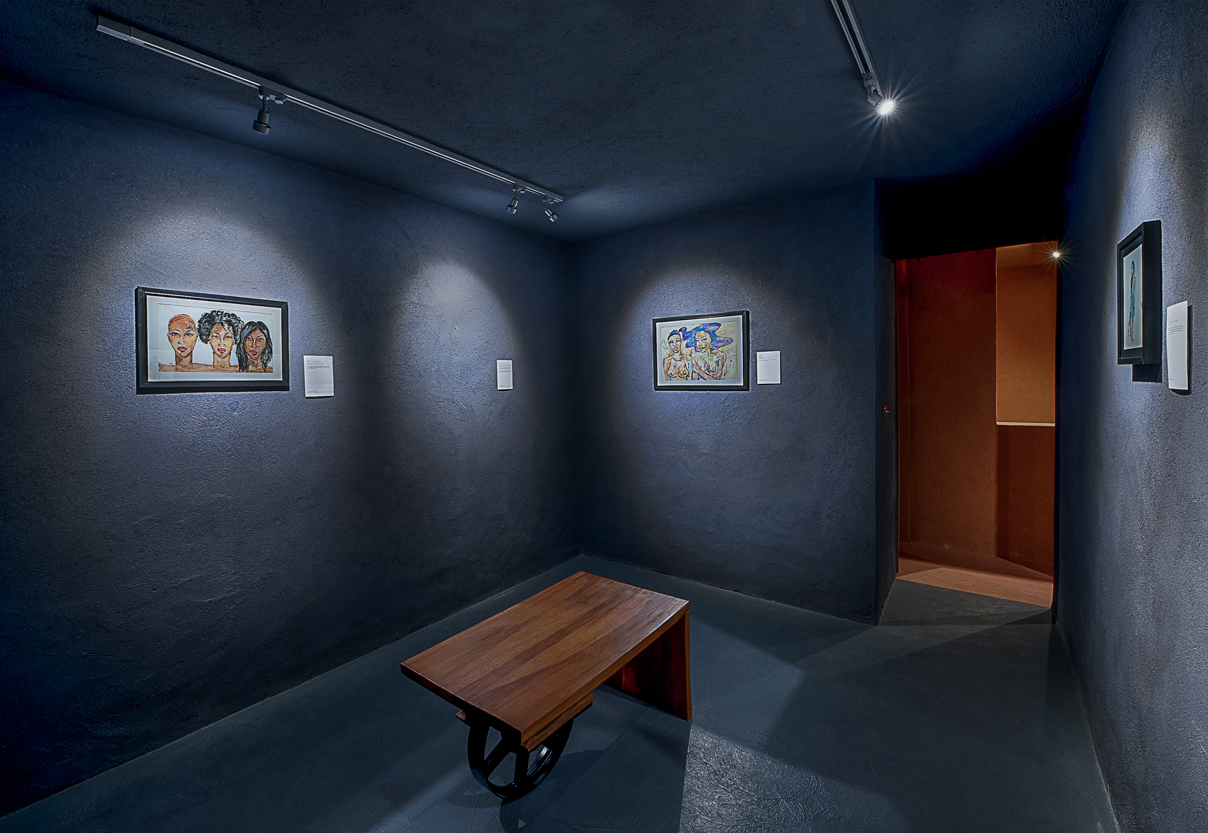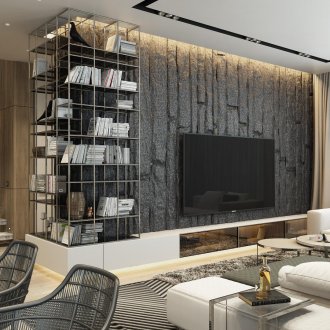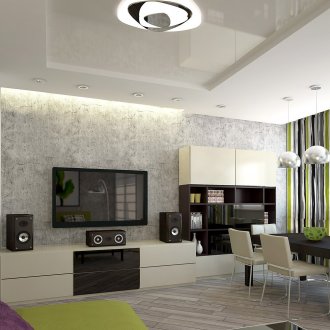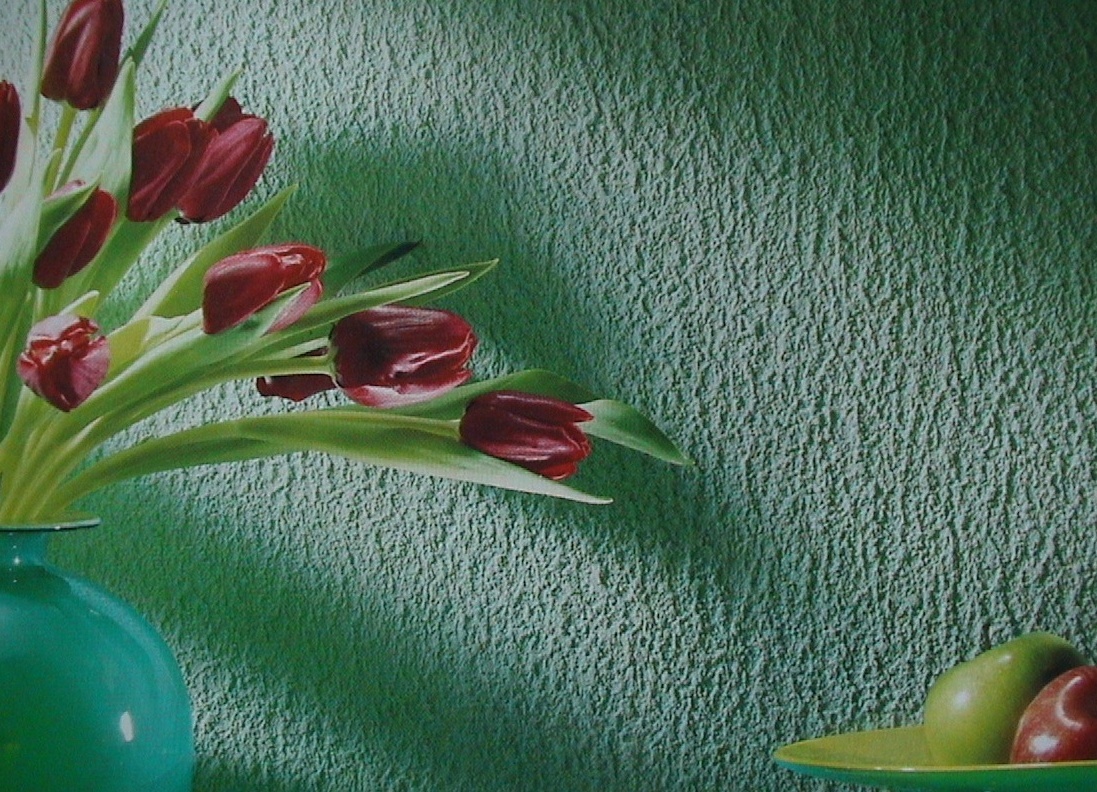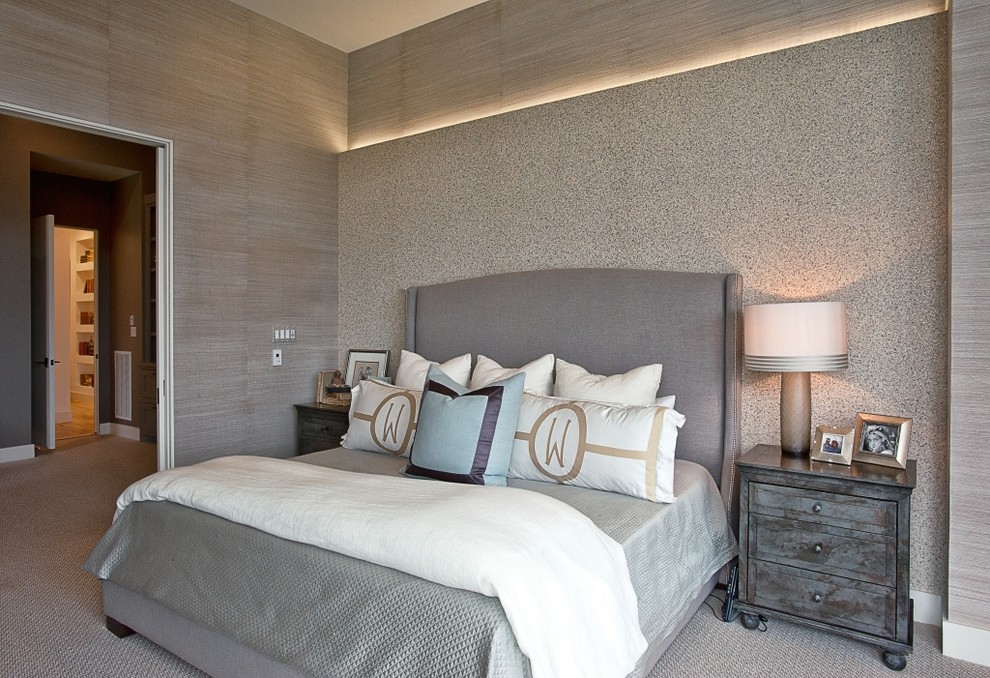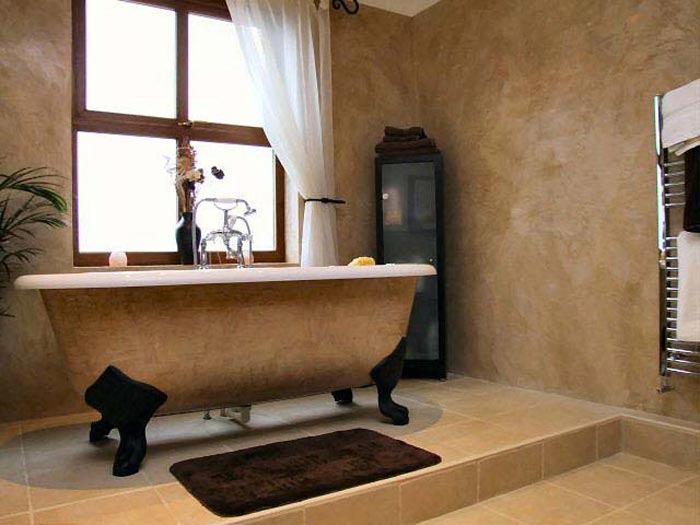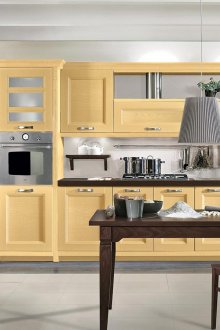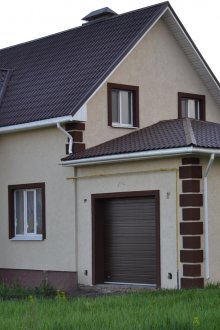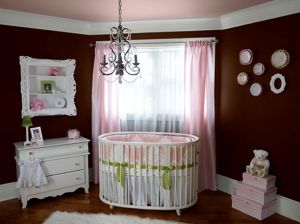“Fur coat” plaster in the decor of the premises: coating features (22 photos)
Content
The variety of finishing materials today puts the owner of the property before a difficult choice. To make a decision, it is necessary to analyze many factors, among which the price of the issue is increasingly coming to the fore. One of the most budgetary solutions is the decorative coat “coat”, which is widely used not only for the decoration of facades, but also for interior work indoors. It allows you to implement original design ideas and reliably protects the walls from rain, snow and other negative environmental influences.
What is "fur coat" plaster, and its application areas
Plaster has traditionally been used to level walls before further finishing. A smooth surface, even if it is painted, does not always look relevant and expensive. Unlike a similar classical solution, plaster under a fur coat has a relief texture, so that the exterior becomes as comfortable as possible. The “fluffiness” of the surface allows you to hide small flaws made during the construction of walls.
The composition of the “fur coat” can be different: the classic solution is a mixture of cement and sand in a ratio of 1: 3. Manufacturers offer sand-based plasters of different grain sizes, thanks to this it is possible to create surfaces with any texture. You can also purchase silicate, mineral, acrylic mixtures in bags or in buckets. The necessary visual effect of “fluffiness” is achieved due to the specific application of plaster.
Today facade coat “coat” is widely used, it is used in the following operations:
- decoration of building facades;
- indoor wall decoration;
- decoration of interior elements: columns, niches, bas-reliefs;
- the basement of the building;
- decoration of fences and fences.
Depending on the operating conditions, mixtures with different moisture resistance are used. Fur coats are used in various projects, ranging from private construction to the erection of large-scale structures: stadiums, shopping and office centers, station buildings.
The basis for applying plaster under a fur coat may be brick, aerated concrete, concrete, drywall.
These building and finishing materials have received the maximum distribution today, which makes the "fur coat" in demand in all areas of construction.
Plastering Methods
Before applying the coating, it is necessary to prepare the base: it must be dry, clean, with differences of no more than 3-4 mm. When treating surfaces in buildings of decent age, it is advisable to treat with an antiseptic. Before starting work, the base should be primed.
Directly applying decorative coat “plaster” can be done in the following ways:
- spraying liquid plaster with a broom;
- applying plaster through a fine-mesh steel mesh;
- applying plaster with a spatula and forming a structure due to the rapid tearing of the trowel applied to the surface;
- surface treatment with a regular paint or special textured roller;
- applying plaster with a compressor;
- the use of "barrel organ" - a special hand tool.
The choice of method for applying plaster depends on the amount of work, the shape of the surface being treated and the budget. When carrying out interior work indoors, it is better to use a pneumatic tool or a "barrel organ". They allow you to create a more rounded texture of stucco drops, which makes the surface as elegant as possible.
The use of a broom, fine wire mesh and trowel to create a textured surface are the oldest ways of applying a fur coat. Among their advantages are the affordable cost of work, the ability to develop an author's unique style, the simplicity of technology. Among the shortcomings are the complexity, low pace of work, the inability to use for interior work in hard to reach places.
One of the most effective methods of applying plaster under a fur coat is to use a roller. In this case, the solution is applied in a thin uniform layer and rolled through the raw texture or fur roller.
The direction can be rectilinear, wavy, which allows you to create an exclusive pattern. The height of the relief when finishing with a roller is different due to the unevenness of the applied plaster. For this reason, when working with this tool, it is worth having a spatula on hand with which you can easily move the excess solution.
A pneumatic tool is rarely found in a home workshop, but for this reason you should not refuse to use it. Today you can easily rent a compressor and save a lot of time when decorating the facade of your house. The cost of this service is available to all property owners, and the simplicity of working with a pneumatic tool allows you to apply up to 200 sq.m even in the absence of experience. plasters per day.
Skilled craftsmen use such a method of decorating as grouting “fur coats”. The smoothed texture of the plaster resembles travertine in its exterior, which makes the interior more expensive. For smoothing, a stainless steel smoothing table is used, with its help the fur coat crests are accurately aligned with wave-like movements. At the same time, light pressure allows you to save the texture.
Coating plaster under a fur coat
Color schemes for wall plastering can be different. You can get the right shade in various ways. This can be painting, tinting a solution or using ready-made painted formulations. Ready-made color mixes are offered by many manufacturers, but the range of shades is limited. For this reason, builders often use white plaster and use the color scheme to get the right color.
Painting walls under a fur coat can cause a number of difficulties to the lay person. A complex texture with differences in height of 3-5 mm makes using a brush or a paint roller practically impossible. It is difficult to achieve uniform color when using this tool, you have to paint the surface 3-4 times, which significantly increases the cost of work. It is much more effective to use a spray gun, and with small amounts of work - a spray gun. This will significantly accelerate the pace of painting and increase its profitability.
The use of a pneumatic painting tool makes the coat less prickly. The rounded shape of the protruding plaster does not break off, exposing the gray base, crumbling much more slowly. Due to this, re-staining of the "fur coat" is not needed for 5-7 years.
Plaster selection
Of great importance when choosing plaster for a fur coat is the sphere of application of the material. For facade work, it is recommended to use moisture-resistant mixtures on a cement, silicate or acrylic basis. For internal work it is possible to use mineral compounds that differ in finer texture. For tinting, acrylic plasters or mixtures based on lime, white cement are used.
Of great importance for the visual effect is the granularity of the sand used.This is especially important when conducting complex interior work.
It is easier to isolate small decorative elements using fine-grained plaster under a fur coat. A fine solution when decorating the facade of the building will be a combination of fine-grained and coarse-grained plaster.
The pronounced structure of the base, corner elements, window frames will only emphasize the sophistication of the “coat” of walls with a small surface relief.
The main advantages and disadvantages of a fur coat
Stucco under a fur coat is today a popular solution for interior and facade works. Among its main advantages:
- high level of protection of aerated concrete, concrete, brick from atmospheric precipitation and exposure to negative temperatures;
- high rates of work;
- low cost of decoration;
- wide selection of colors and textures;
- lack of complicated preparatory stages;
- light weight of the material allows the use of a lightweight foundation;
- long service life.
Like any material, plaster under a fur coat has its drawbacks. There are few of them, the main thing is the ability of the textured surface to retain dust. It accumulates, changing the color scheme of the plaster, and on the facades smudges occur due to leaching of the mud by the rain. “Fur coat” is not combined with all stylistic decisions, and its heat-insulating characteristics do not always meet the requirements of property owners.
The use of plaster under a fur coat is a great opportunity to quickly and inexpensively change the exterior of a building. Even a novice in construction work can master the application technology, and a variety of solutions will give vent to imagination and allow you to demonstrate the presence of taste.
